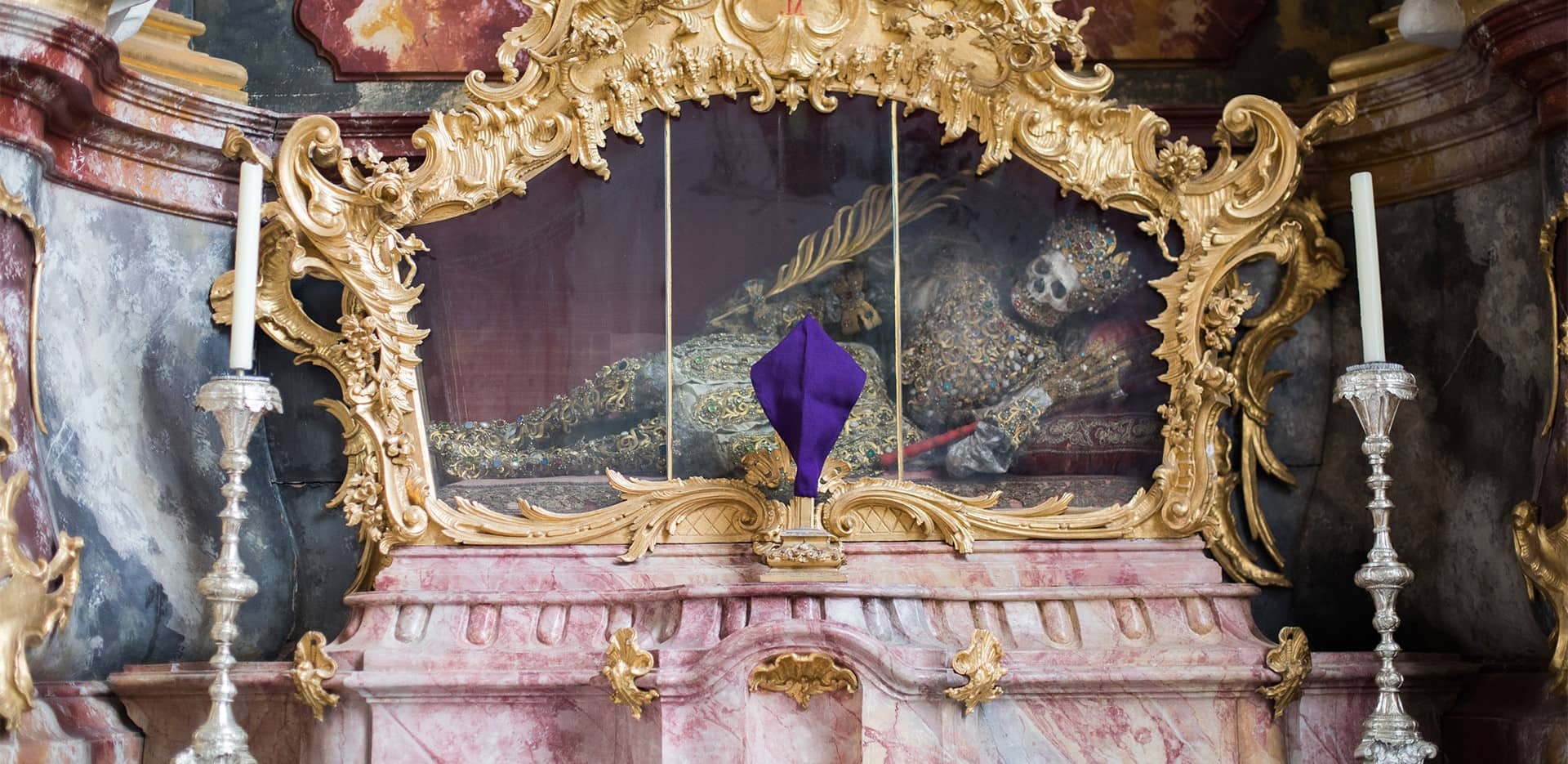
Religious relics have fascinated people for centuries, sparking curiosity and devotion. These sacred objects, often associated with saints or significant religious figures, hold immense historical and spiritual value. But what exactly makes a relic so special? In this post, we’ll delve into 20 intriguing facts about these revered items. From the bones of saints to fragments of the True Cross, each relic tells a unique story. Whether you're a history buff, a spiritual seeker, or just curious, these facts will offer a glimpse into the world of religious relics. Ready to uncover some surprising truths? Let's get started!
What Are Religious Relics?
Religious relics are objects considered holy due to their association with saints, martyrs, or other significant religious figures. These items hold immense spiritual value and are often venerated by believers. Let's dive into some fascinating facts about these sacred artifacts.
-
The term "relic" comes from the Latin word "reliquiae," meaning "remains" or "something left behind."
-
Relics can be classified into three categories: first-class (body parts of saints), second-class (items owned or used by saints), and third-class (objects that have touched first- or second-class relics).
-
The Shroud of Turin is one of the most famous relics, believed by many to be the burial cloth of Jesus Christ.
-
The True Cross refers to the remnants of the cross on which Jesus was crucified. Pieces of the True Cross are considered some of the most revered relics in Christianity.
Historical Significance of Relics
Relics have played a crucial role in the history of various religions. They often serve as tangible connections to the divine and have been central to many religious practices and traditions.
-
During the Middle Ages, relics were often used to legitimize the power and authority of churches and monasteries.
-
The Crusades were partly motivated by the desire to reclaim holy relics from the Holy Land.
-
The relics of Saint Peter, one of Jesus' apostles, are believed to be housed in St. Peter's Basilica in Vatican City.
-
Buddhist relics, such as the tooth of the Buddha, are enshrined in stupas and are objects of pilgrimage and veneration.
Relics in Different Religions
Relics are not exclusive to Christianity. Many religions have their own sacred objects that hold significant spiritual importance.
-
In Islam, the Prophet Muhammad's beard hair and footprint are considered sacred relics.
-
Hinduism reveres relics like the ashes of saints and the footprints of deities.
-
Sikhism honors relics such as the weapons and personal belongings of the ten Sikh Gurus.
-
In Judaism, the Western Wall in Jerusalem is considered a relic, being the last remaining part of the Second Temple.
Miracles and Relics
Many believers attribute miraculous powers to relics, claiming they can heal the sick, protect from harm, and bring blessings.
-
The relics of Saint Francis Xavier are believed to have healing powers, attracting thousands of pilgrims each year.
-
The Holy Grail, the cup used by Jesus at the Last Supper, is said to grant eternal life to those who drink from it.
-
The relics of Saint Januarius, including a vial of his blood, are believed to liquefy miraculously on certain feast days.
Modern-Day Relics
Even in contemporary times, relics continue to hold significant importance for many believers around the world.
-
The incorruptible bodies of saints, such as Saint Bernadette of Lourdes, are considered modern-day relics and are displayed for veneration.
-
Pope John Paul II's blood, preserved in a vial, has been distributed as a relic to various churches.
-
The relics of Saint Thérèse of Lisieux have been toured around the world, drawing large crowds of devotees.
-
The relics of Saint Padre Pio, including his gloves and blood-stained bandages, are venerated by millions of followers.
-
Digital relics, such as online archives of sacred texts and virtual tours of holy sites, are becoming increasingly popular in the digital age.
Religious relics, whether ancient or modern, continue to inspire faith and devotion among believers, serving as powerful symbols of spiritual connection and reverence.
The Fascination with Religious Relics
Religious relics have captivated people for centuries. These artifacts, whether bones of saints or pieces of holy objects, hold deep spiritual significance. They connect believers to their faith's history, offering a tangible link to the divine. Many relics are housed in ornate reliquaries, adding to their mystique.
Pilgrimages to see these relics are common, with millions traveling to sites like the Vatican or Mecca. The authenticity of some relics is debated, but their power to inspire remains undeniable. They serve as reminders of faith's enduring presence in human history.
Relics also play a role in cultural heritage, influencing art, architecture, and literature. They are not just religious symbols but also historical treasures. Whether you're a believer or a history buff, the allure of religious relics is hard to ignore. They continue to be a source of wonder and reverence.
Was this page helpful?
Our commitment to delivering trustworthy and engaging content is at the heart of what we do. Each fact on our site is contributed by real users like you, bringing a wealth of diverse insights and information. To ensure the highest standards of accuracy and reliability, our dedicated editors meticulously review each submission. This process guarantees that the facts we share are not only fascinating but also credible. Trust in our commitment to quality and authenticity as you explore and learn with us.


